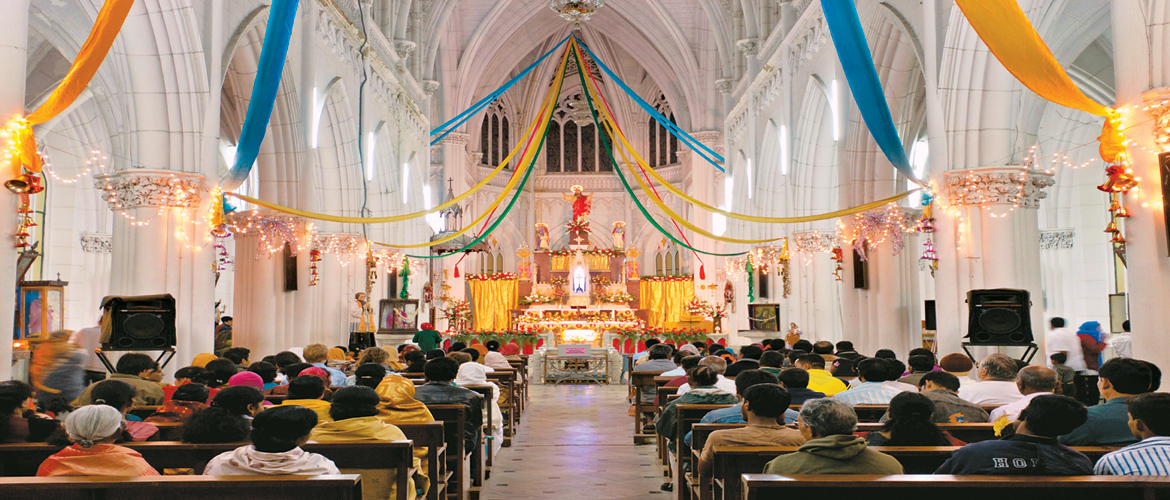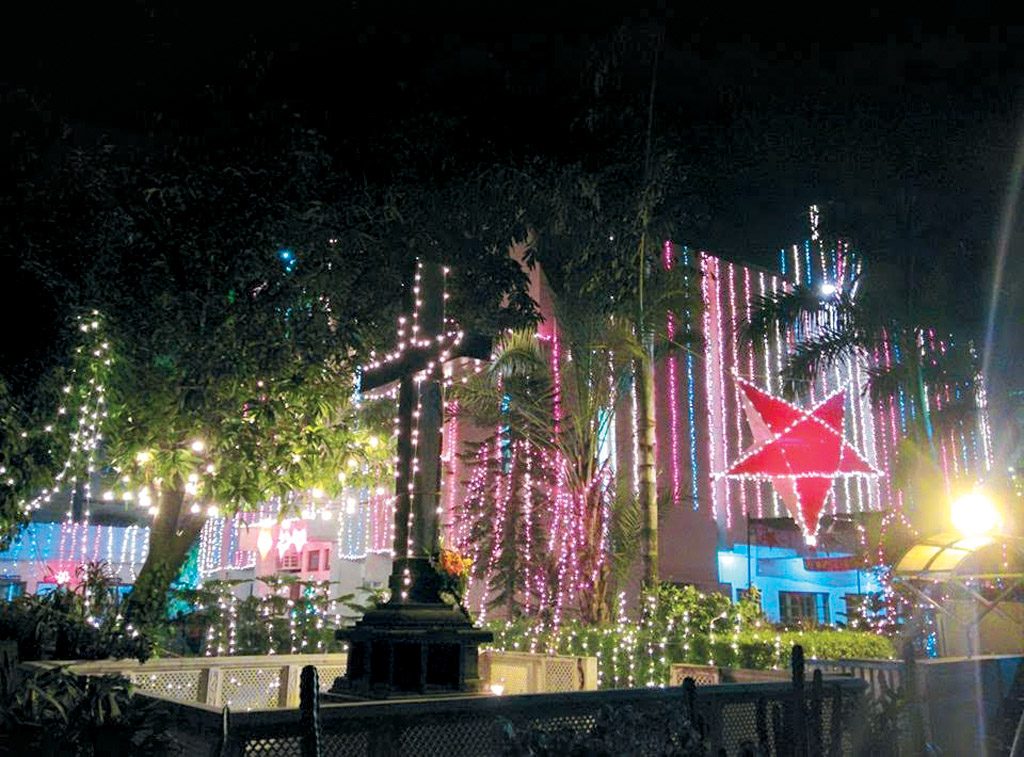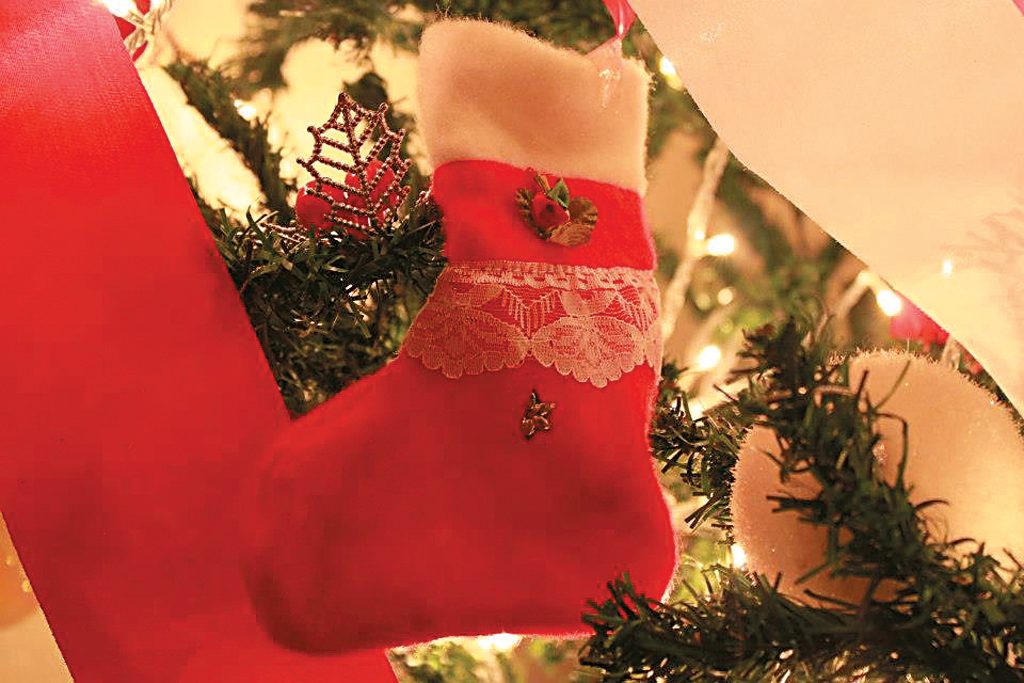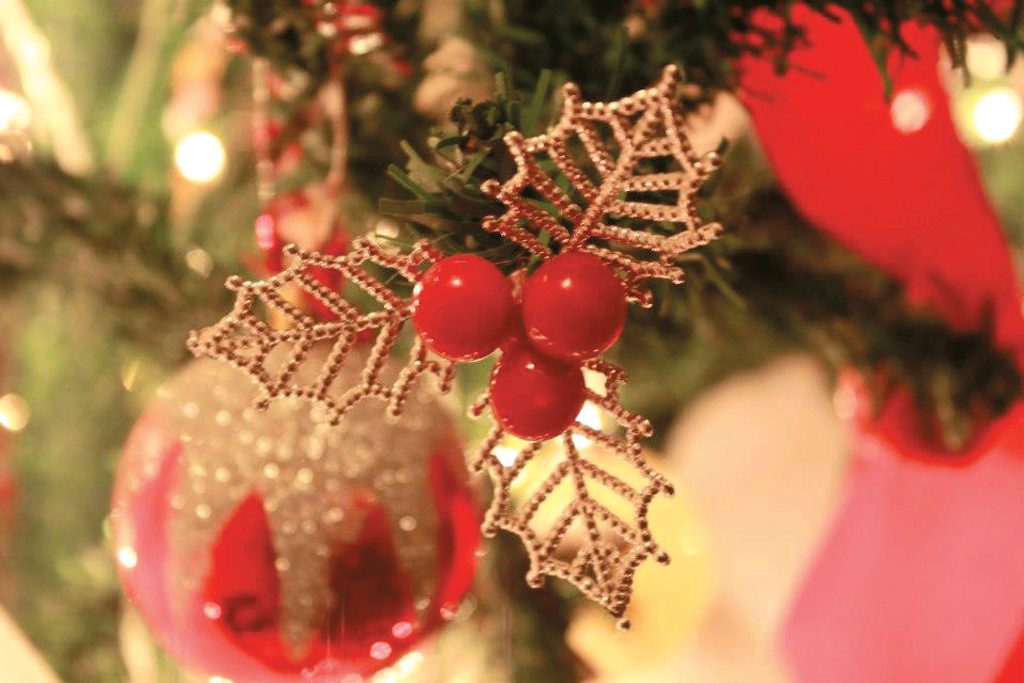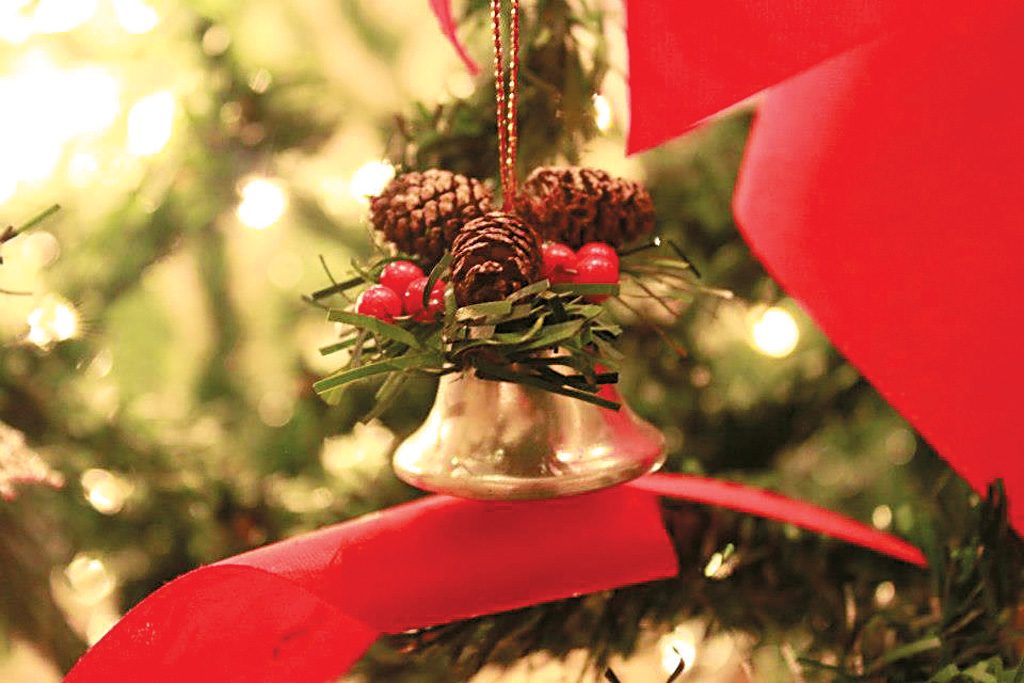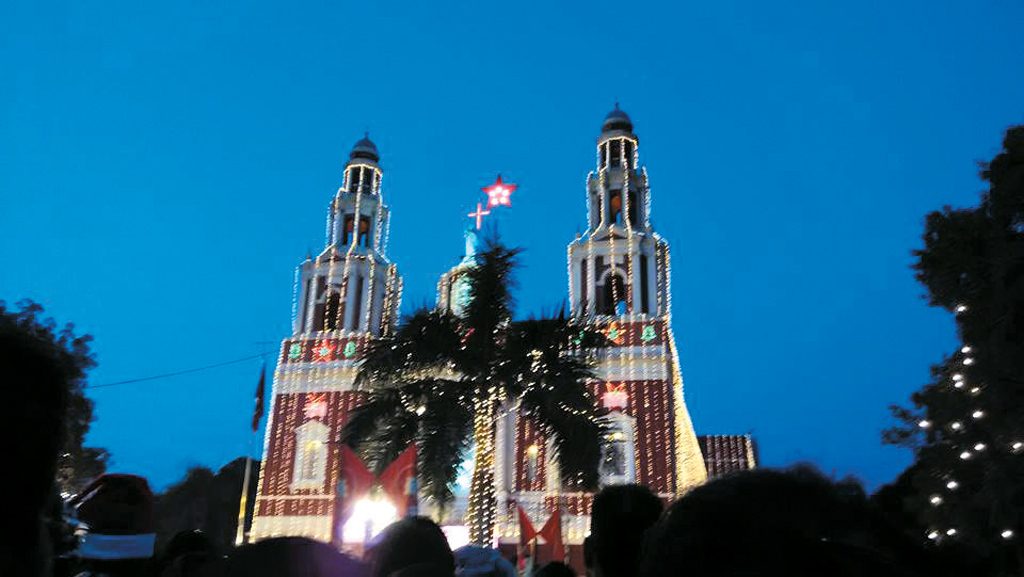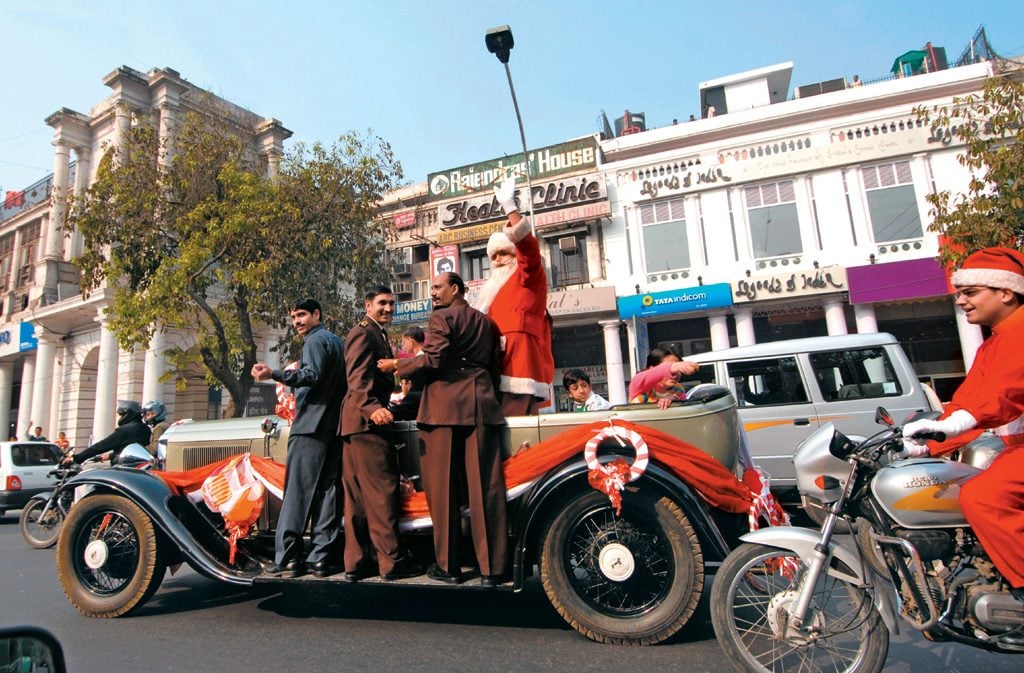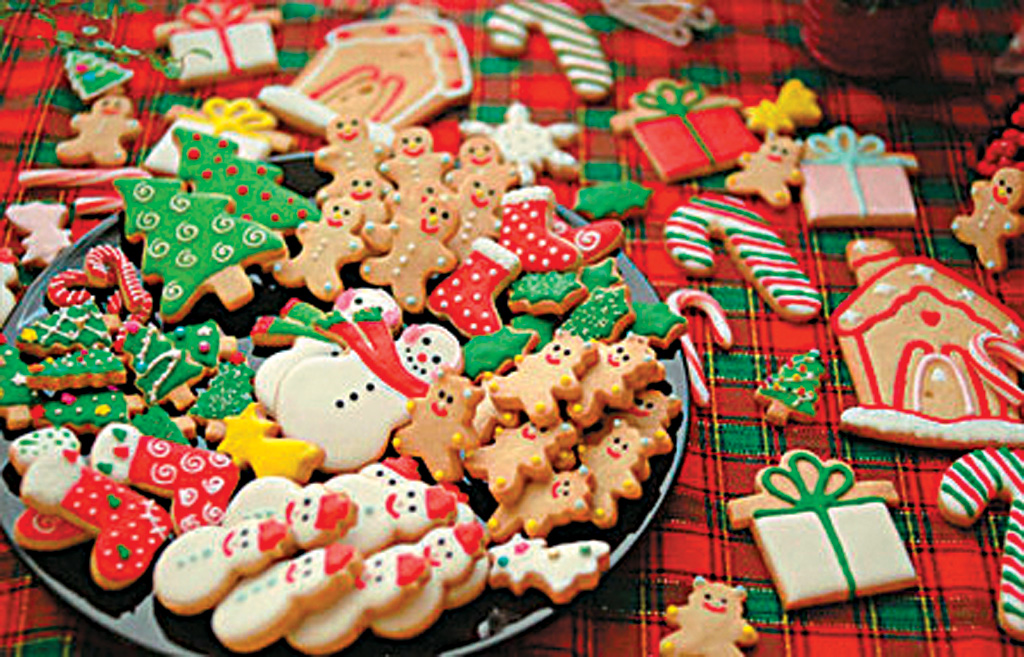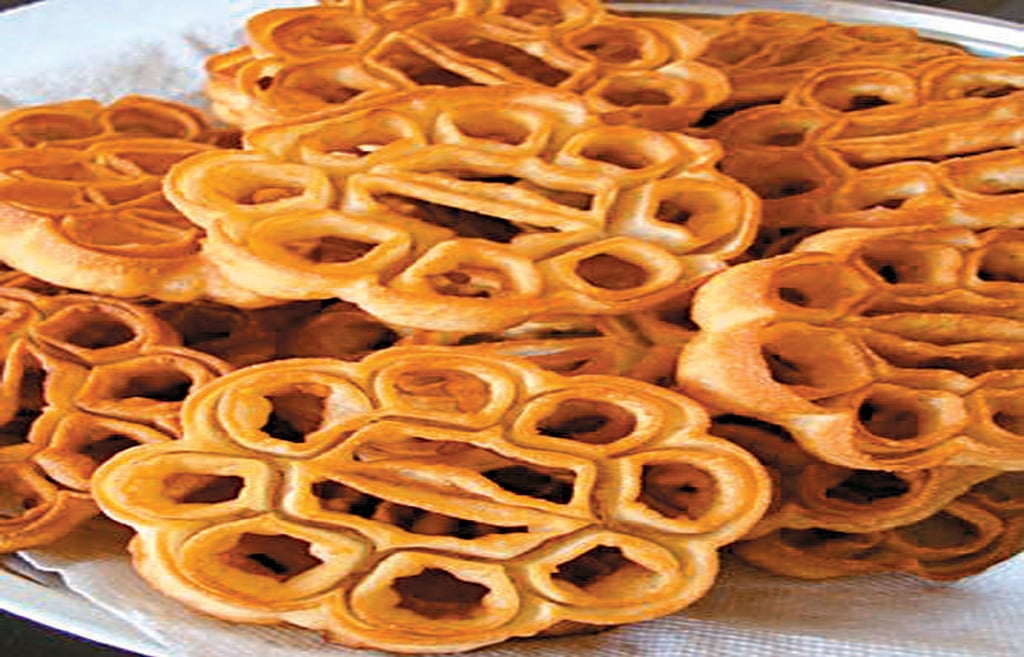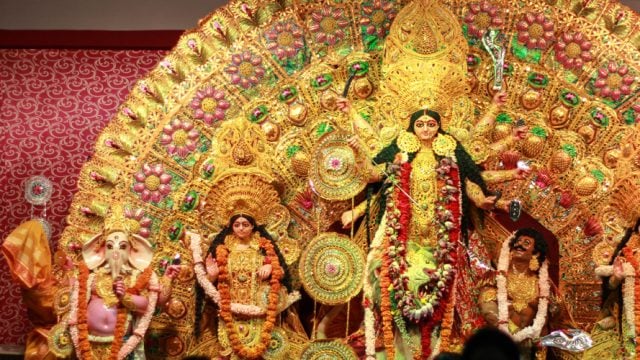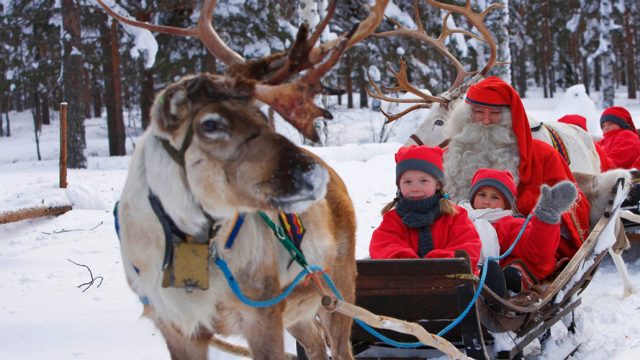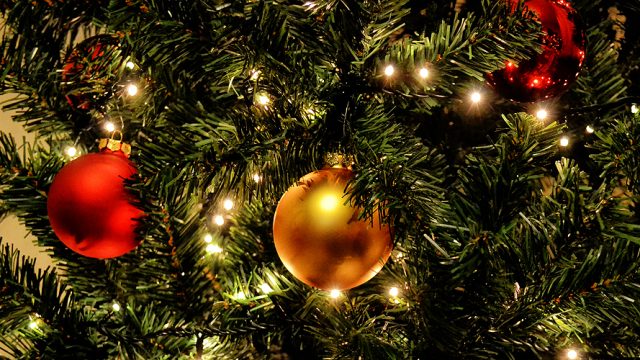Type Religious Festival Time 1 Day In December Location Across India Many will be surprised to
Christmas is celebrated across India, but festivities are grander in cities and states with larger populations of Christians such as Mumbai, New Delhi, Nagpur, Jabalpur, Kerala, Mizoram, Nagaland, Meghalaya and Goa.
The Legend
For centuries now, Christians around the world have been celebrating 25 December as the birthday of Jesus Christ, who is revered by Christians as the Son of God, divinely conceived by the Virgin Mary. It is believed that the Archangel Gabriel announced to Mary that she would conceive by the Holy Spirit and bring forth a son whose name would be Jesus. Another angel appeared to Joseph, Mary’s husband, to inform him of the same.
While on a trip to Bethlehem in Palestine nine months later, Mary was forced to give birth in a stable since there were no rooms available in any of the inns. She swaddled the baby and laid him in a manger. The manger was made of clay, or was, perhaps, a stone trough and, though Mary filled it with hay, it must have been cold. The traditional story is that the ox and donkey in the simple stable kept the infant warm with their breath. Historians have been unable to agree upon an exact date or year for Jesus’ birth.

When the Celestial Light of that first Christmas came, it shone on a few simple shepherds, who were guarding their flocks by night. After an angel gave them the extraordinary message about the birth of the Son of God, they were led to the stable where they gazed upon the baby. Three kings of the Orient, known as the Three Wise Men of the East, also travelled from afar to visit the Holy Infant. They were led by a shining star, which stopped over the place where the baby lay. Having found Him, they knelt down and worshipped Him, offering their gifts of gold, frankincense and myrrh – gold for his royalty, frankincense for his divinity and myrrh for bitter death and sorrow, all symbolic of his divine life, ministry and death.

Nowadays, the Grotto of the Nativity at Bethlehem is so crowded with tourists at Christmas that local Christians cannot get into their own midnight Mass. The little cavern, lit by more than 50 ornate lamps, is only a few metres wide and long and reeks of incense. The floor is inset with a most beautiful star (a reminder of the Wise Men’s Star), its silver worn away by kissings – this is the spot where Christ was born.
The Festival
When it comes to festivals, most of us become child-like in our enjoyment of boisterous fun, surprises, secrets, gifts and good food. The spirit of Christmas reaches out and touches all who are even remotely connected with the feverish activities leading up to the big day. As a child I remember these few weeks were spent in breathless anticipation of a fairy-tale, magical festival. The crisp, chilly days of early December usher in the start of traditional preparations for feasting and merrymaking – visits to tailors, boutiques and malls, shopping for fabrics, planning new hairstyles, amongst other things. Children have their wish lists and some still write letters to dear old Santa Claus, a figure central to the theme of Christmas parties. Santa in his bright red outfit and his sack full of gifts was, originally, a magical figure, who flew in from Lapland in a sleigh pulled by reindeer. He came down the chimneys of large, old-fashioned houses and left gifts for good children. In the modern world, Santa Claus appears near Christmas trees in large stores and malls, children approach him with their requests for toys and other gifts. Their requests are noted and parents do the needful! Extended shopping trips are undertaken and various packages are brought home and hidden out of sight in spots we all are aware of, but do not pry into. These packages find their place under and around the Christmas tree on Christmas Eve.
- Christmas scenes: brightly lit churches, festive decorations and merrymakers
At Christmas, one of the first concerns, especially of the lady of the house, is still a well-laden table. Most of us want traditional Christmas fare – Christmas cake and plum puddings being the centre of attraction. When I was a child, my mother, grandmother and house maids spent many December afternoons cleaning and cutting up large amounts of raisins, sultanas, crystallised ginger, candied peel and various nuts, which were then soaked in brandy or rum. Days later, this would be mixed into vast quantities of cake dough along with mixed spice. Each day some delectable confection or snack was prepared like cheese straws, doughnuts, mince pies, tarts, toffees, chocolate fudge and jujubes – bejeweled confections in red, green and white – guava cheese and banana cheese stirred for hours over low, slow fires with long handled wooden spoons, and dozens of rosa cookies shaped and fried with a rosa cookie mould brought out of storage once a year. Best of all, the afternoon or evening when loads of chocolate fudge was stirred and beaten, its heady aroma filled the house and had us all drooling! I’d be the first to line up to scrape down the vessel in which the fudge had been made. All these ‘labours of love’ once made are stored away safely and served on Christmas Day.
- Decorated cookies
- Rosa cookies
Not many people have the time to undertake the laborious process of making all these goodies at home nowadays. Fortunately, a few enterprising people take in orders for Christmas fare – most bakeries provide Christmas cake and an assortment of other goodies, including marzipan, macaroons, tarts and cookies.
Wining and dining are very much a part of Christmas celebrations – ginger wine, rum punch, grape wines, amongst others are still prepared at home by many people. Visitors arrive with gifts and are offered all the celebratory fare along with a glass of wine – mulled wine is a special favourite served on Christmas evenings.
Houses are cleaned from top to bottom in preparation for Christmas and decorations that were carefully packed away the previous year are brought out – the best cutlery, crockery and table linen are readied, brass and silverware is polished, wreaths of holly, ivy and mistletoe (denoting peace, love and friendship) are put up; pinecones painted in gold and silver find places on coffee tables. The Christmas tree is decorated with strings of sparkling lights, glass baubles, tinsel and a star, which sits right on the top.
Other decorations such as red, gold and green streamers, golden trumpets and bells, Santa figures, snowmen and angels are hung up to beautify the home. Red, white and pink poinsettias – the Christmas flower – provide brilliant splashes of colour in gardens and on front porches and verandahs.
Carol singing competitions are organized in churches, community centres and various other venues. Choir recitals are held in large cathedrals and churches such as New Delhi’s Cathedral Church of the Redemption and Mumbai’s St Peter’s Church. Churches in smaller cities welcome everyone to choral fests usually a week or 10 days before Christmas day. Smaller churches organise door-to-door carol singing a week before 25 December.
All these activities contribute to the carnival effect of Christmas, but special care is given to setting up the crib with its small figurines representing the Holy Family, the shepherds, the Wise Men and the oxen and sheep. Hanging up the star of Bethlehem outside one’s front door is of the utmost importance. The ritual lighting of candles is a reminder that light was one of the first acts of creation.
The hectic activity of the days and weeks preceding Christmas Day finally culminates in quiet hours on Christmas Eve, preparing for the midnight church service. After the mass everyone visits the large crib in the church. Greetings begin, usually over a cup of coffee and a slice of cake. People return home and some enjoy a glass of wine while children excitedly unwrap their gifts. Early next morning churches are full again with those who couldn’t attend the midnight worship.
Throughout Christmas week, apart from family celebrations, churches organise Christmas par-ties, plays, games, and other fun-filled activities for kids and adults. Christian clubs hold special Christmas dinner dances and parties with live bands in attendance. Lunch and dinner parties, with joyous music and singing and dancing, are packed with merrymakers. Smaller cities like Nagpur and Jabalpur still hold a Cinderella Ball, which ends at midnight.
The Christmas season ushers in an air of bonhomie – lively music, singing and dancing, new clothes and trinkets, family and friends enjoying life together while giving thanks for all their blessings are all integral elements of the celebration of Christ’s birthday every year.
Inputs by Karen Faye D’Souza
December Festivals
festivals of India
OT Getaway Guides


